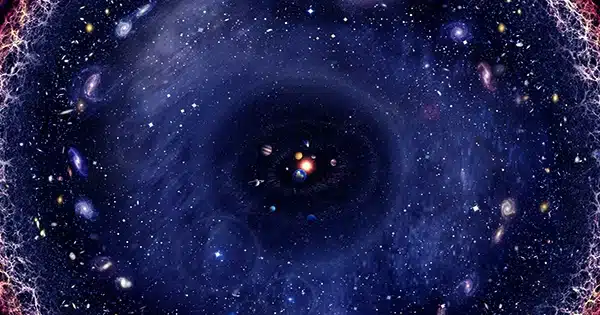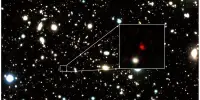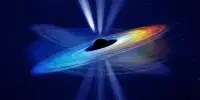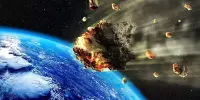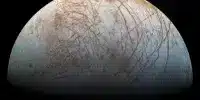It sounds like such a basic concept that it’s amazing no one has done it before: depict everything from subatomic particles to superclusters on a mass-radius chart. Now that someone has done so, the results pose some extremely intriguing, if not a little alarming, questions.
Dr. Charles Lineweaver and graduate student Vihan Patel created the chart. A log-log graph was employed because nothing else could cover the many orders of magnitude in size and mass between the very small and the extremely enormous. Certain areas are “forbidden” by established principles, or “quantum mechanics blurs the very nature of what it really means to be a singular object,” according to Patel.
The black line that separates the area designated as “forbidden by gravity” from the space filled with known items is perhaps the most significant aspect of the chart. This line is dotted with black holes. Although the leftward section of the line is theoretical, scientists have observed a spectrum of black hole sizes ranging from fragments of destroyed stars to the greatest supermassive black hole, and this pattern has been established and understood.
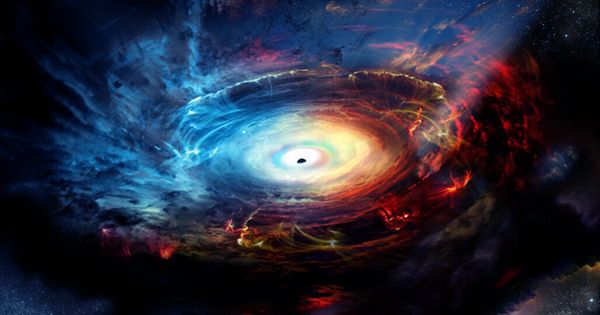
Following the line upwards, however, we discover that the entire observable universe – the area within the “Hubble radius” – is likewise on that line. In other words, if a black hole were the size of the visible universe, it would have the same density as the cosmos. So, is the universe a black hole? And, if so, what does it imply?
Lineweaver told QSstudy that he and Patel are not the first to wonder if the entire universe could be a black hole, albeit they arrived at the conclusion in different ways. The concept seemed preposterous, but the couple observes that the universe has always been on the line. Because energy and mass are interchangeable, their mass measurement includes dark matter and dark energy. The total mass/energy has increased as the universe inside the Hubble radius has grown in size due to growing dark energy. The fact that the universe was also on the line billions of years ago when the Hubble radius was much smaller, makes its position on the line less likely to be a coincidence.
Lineweaver observes that the observable universe has an event horizon, exactly like a black hole, and this is just one of the parallels between both.
Lineweaver, on the other hand, emphasized that the cosmos being a black hole necessitates the notion that everything outside the Hubble radius is a zero-density Minkowski space (vacuum to most of us). Most cosmologists, including Lineweaver, believe this is a mistake, he told IFLScience, leaving the implications of his graphic uncertain. “The universe could be an inside-out black hole,” he said. Overall, he believes the question requires a lot more consideration.
We don’t know what the inside of a black hole is like, which makes answering whether the universe is a black hole or something similar difficult. “Nothing can exist to the left [of the black hole line],” Lineweaver explained to QSstudy. “But isn’t a black hole’s center likely to be denser than the black hole itself?” We have no information regarding the center.” As Stephen Hawking and Roger Penrose pointed out, general relativity and quantum mechanics provide contradictory answers to such issues, and the conflict has yet to be addressed.
The chart also raises doubts concerning the origins of the cosmos. “At the smaller end, the place where quantum mechanics and general relativity meet is the smallest possible object – an instanton,” Patel went on to say. “This plot suggests the universe may have started as an instanton, which has a specific size and mass, rather than a singularity, which is a hypothetical point of infinite density and temperature.”
Although the term “singularity” is commonly linked with the Big Bang, Lineweaver told QSstudy that people should get more familiar with instanton, which he views to be the more credible scenario for the universe’s origins.
